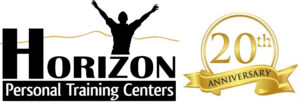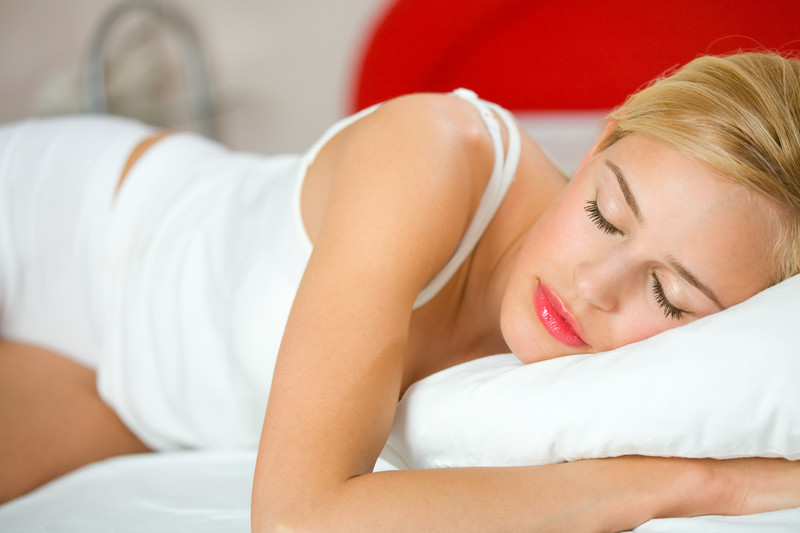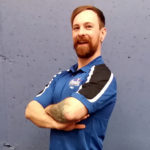Steps to Better Sleep
By Mike O.
One of the best feelings is to wake up refreshed and ready to start the day. Unfortunately, not every morning is like that, but with a few easy steps the night before, you can start obtaining a better, more restful and rejuvenating night’s sleep.
Creating a Night-Time Routine
It is most important to create for yourself a night-time routine. You can build this routine by establishing several different habits that have been shown to assist in getting better quality of sleep. This will, in turn, set you up for a successful morning and day.
The first habit is something I like to do an hour before actually going to bed; turn off all of your electronic devices. This translates into sending out your last email for the night, shutting off the TV, and putting your phone on night or airplane mode.
Another evening habit is one to get you to wind down. Since the TV is an electronic device that can actually keep you awake or interrupt your sleep cycle, the habit of winding down could be reading a book in bed, taking a relaxing bath with some lavender oil, taking part in some light stretching, maybe some gentle-flowing meditation or yoga, and/or listening to soothing music.
Now, it’s time for bed, so let’s set our alarms for the morning. Though this may differ from individual to individual, many studies have shown that eight hours are the magic number– enough time to get a few REM cycles in. Seeing how everyone is different, this will be your choice. Many sleep experts warn against getting too few hours of sleep (fewer than six), or even too many hours of sleep (more than nine or ten). You may want to do some research on this to see what it works best for you.
Once we get into our PJs (i.e., non-restrictive, comfortable, breathable, cool clothing, which is optimal for sleeping), it is time to make sure our sleep environment is ready.
What is a sleep environment? Your bedroom, but not only your bedroom! It includes what you surround yourself with, which can make or break a good night-time routine.
The next evening habit is to make sure your sleep environment is conducive to good sleep. You should make sure it is completely dark. One of the most useful things to have in your bedroom are blackout curtains. By removing all outside light in your room, the brain can finally start to relax by shutting out the outside stimuli. Another important thing is making sure there are no blue lights., i.e., lights from electronic devices in the room. Even an electric alarm clock can interrupt your sleep. Lastly, you will need to control your environment’s temperature. Though this will be more “trial and error,” most people find that they sleep better in a cooler room, since our body temperatures rise while we sleep. This “optimal sleep” room temperature can range from 65 to 69 degrees, depending on the person.
For many, as one’s head hits the pillow, every thought will come right to their brain. For this reason, the last habit of the nightly routine is to have a notebook handy, in which to write out all those thoughts that spring to mind at the most inopportune times. Let’s call this the “brain dump,” and maybe one or two thoughts will still linger in your head. Just tell those thoughts you will acknowledge them at a later time. Now it is time to relax and drift off.
You might find these simple suggestions helpful to create your own night-time routine. If you find that you still can’t fall asleep, you may want to try tracking how late you are consuming caffeinated products. In addition, melatonin supplements can be a useful way to help you start to feel sleepy. My favorite way to get melatonin is naturally from tart cherry juice. Look for a cherry juice that has no added sweeteners or concentrate.
With a little practice, and some time following a new night-time routine, you too will begin to wake up feeling refreshed and ready to start the day!
Mike earned his personal trainer certification through the National Academy of Sports Medicine (NASM) and has been a personal trainer since 2015, training youth athletes in both baseball and hockey, as well as training runners in strength training, specifically for half and full marathons. He has also trained and helped a wide variety of the senior population, focusing on better balance and strengthening the core. In addition to his NASM Personal Training certification, Mike is also a TRX-certified trainer, and working towards completing his NASM Corrective Exercise Specialist certification.
“I believe that having a positive mental attitude will help anyone overcome any obstacle in their way.”






